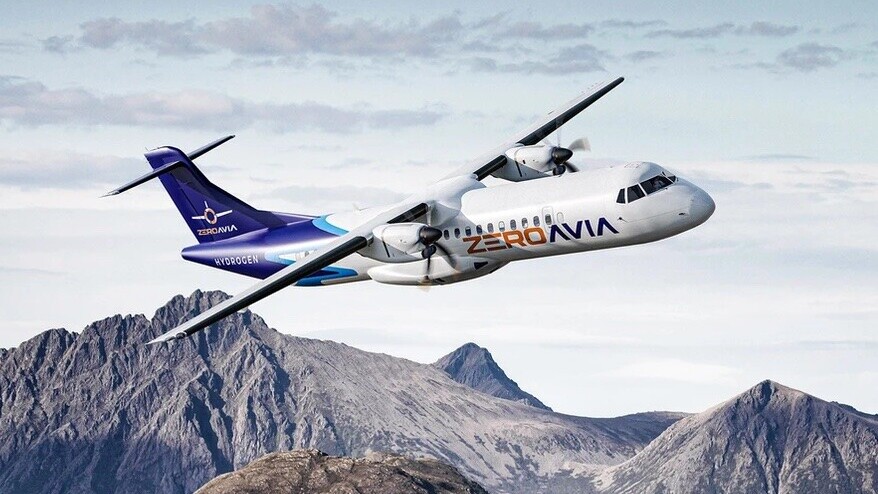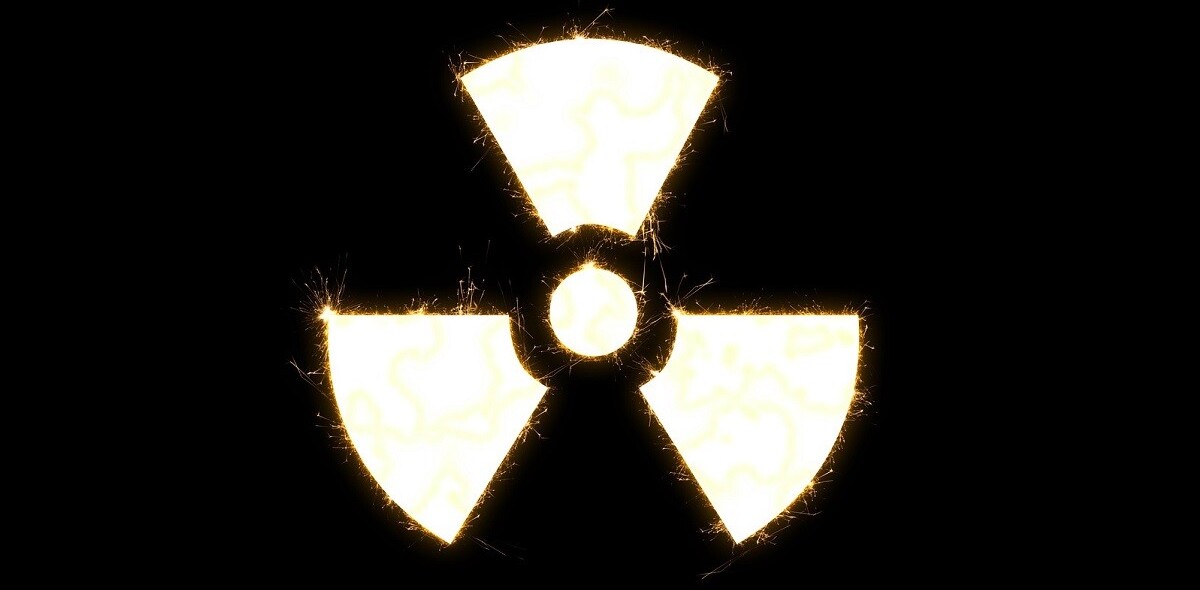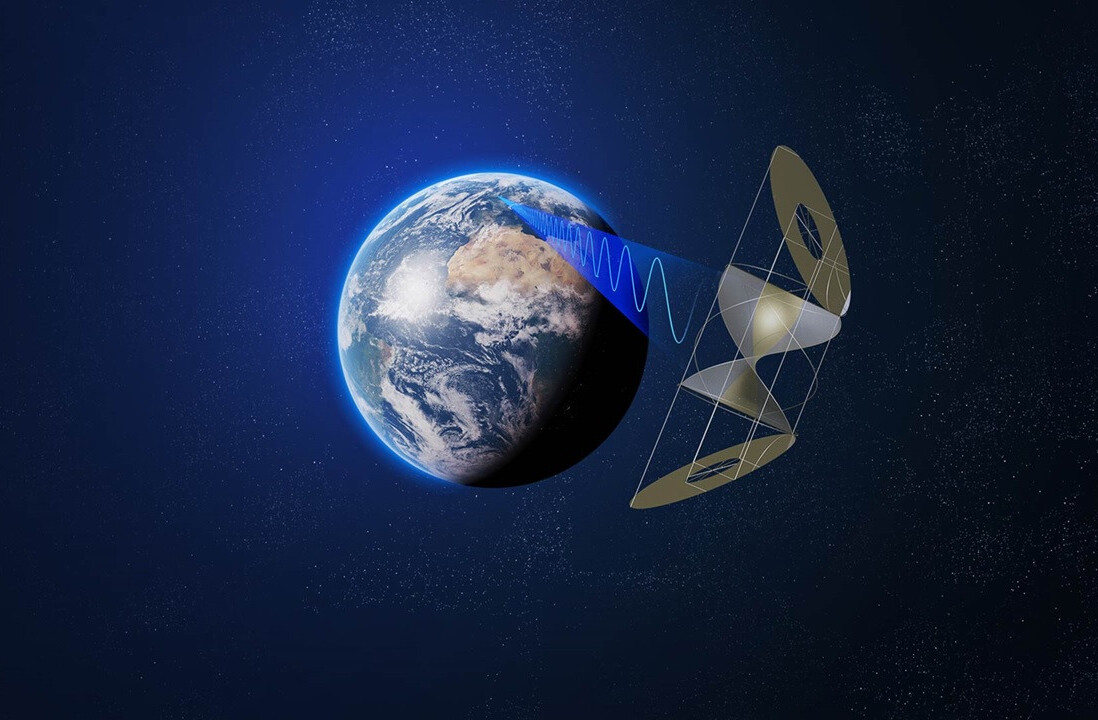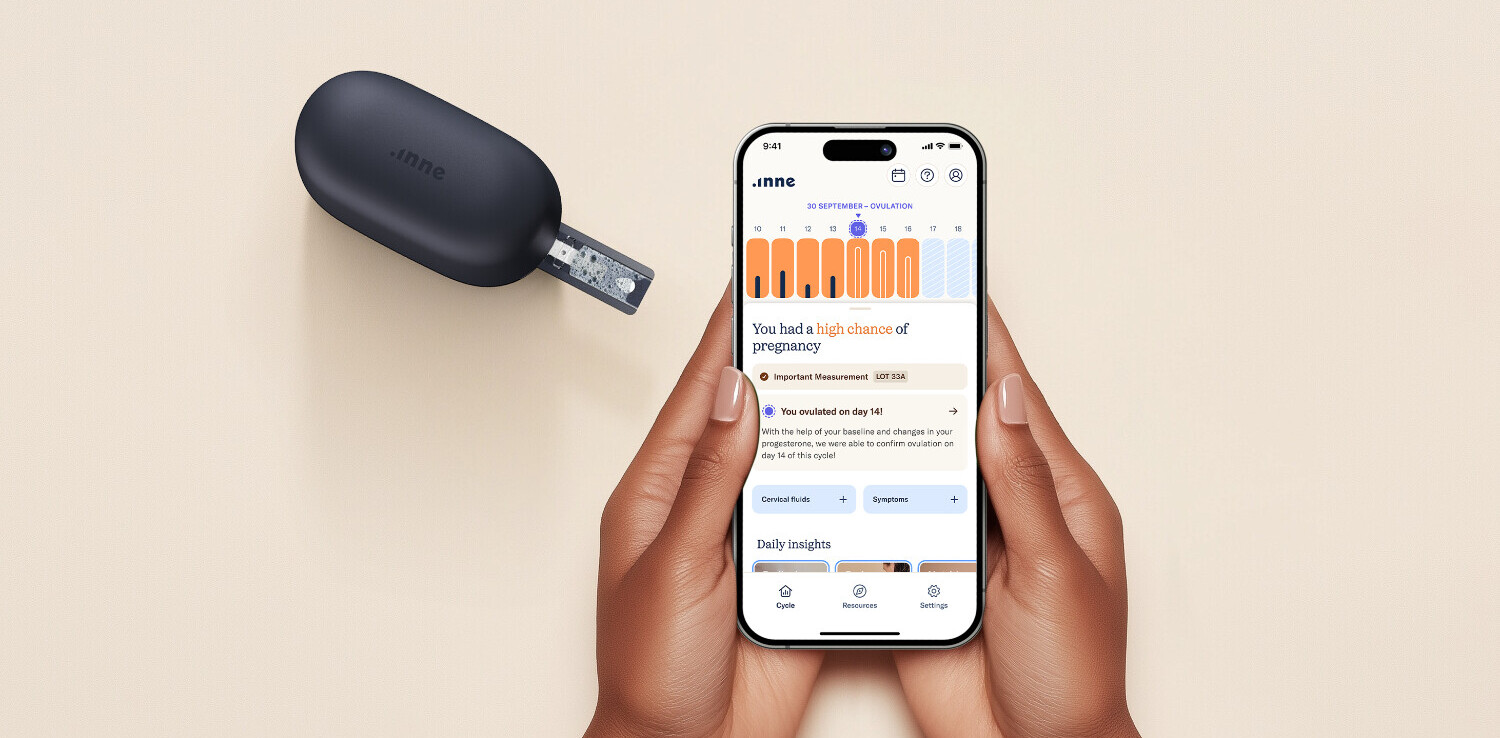
ZeroAvia, one of the leading zero-emission aviation companies in the world, just announced its largest financing round to date. The funding round was co-led by Airbus, Barclays Sustainable Impact Capital, and NEOM.
Other participants included Bill Gates’ Breakthrough Energy Ventures, Alaska Airlines, and the Amazon Climate Pledge Fund. No exact funding amount has been disclosed due to legal reasons, but a spokesperson for the startup confirmed to TNW that it is ZeroAvia’s largest to date, following a Series B of $72mn and a Series A of $56mn.
Based out of Kemble, UK, and Hollister, California, ZeroAvia develops hydrogen-electric fuel cell propulsion architecture for aircraft. The funding will allow it to keep working on its first product, the ZA600.
This is a 500kW to 750kW powertrain capable of powering a 9 to 19-seater aircraft, with the ambitious timeline of entry into service in 2025. Fuelled by gaseous hydrogen tanks, it will be able to carry passengers up to 300NM (555.6km).
It will also allow the company to continue work on the 2-5.4MW modular powertrain ZA2000 program. This will first be used to retrofit a Dash 8 400 76-seat testbed aircraft, supplied by Alaska Airlines.
“Anybody following the development of hydrogen aviation — and its potential to transform the industry — will see this investment as a positive step,” said Val Miftakhov, founder and CEO of ZeroAvia. “For ZeroAvia to now have investors such as Airbus coming on board is the strongest possible validation of the prospects for hydrogen-electric propulsion technology.”
Airbus on board for hydrogen fuel cell certification pathway collab
European aerospace giant Airbus has indeed been bullish on hydrogen and its promise to decarbonise air travel. This includes the ZEROe program, which will use the very first A380 as a demonstrator aircraft, with the aim of delivering a commercial hydrogen-powered aircraft into service by 2035. The company recently ground tested its own 1.2MW hydrogen fuel-cell, the power its engineers believe it will take for commercial aircraft to fly.
Meanwhile, ZeroAvia has already performed successful flights with a Dornier 228 testbed aircraft powered by the ZA600 and an electric engine on one of the wings. This, the VP of Airbus’ ZEROe aircraft, Glen LLewellyn, says puts the company in a strong position to take its technology to the next stages of development.
“In addition, ZeroAvia is supporting the development of a wider hydrogen ecosystem for aviation — technologies, decarbonised hydrogen supply and certification of hydrogen propulsion systems — which all complement well with our own ambition to bring a ZEROe hydrogen-powered aircraft to service by 2035,” LLewellyn added.
Airbus and ZeroAvia have also entered into a partnership on certification approaches for hydrogen power systems, an area where established OEMs have significantly more experience compared to startups in the aerospace industry. The two will also work together on other critical technical areas, including liquid hydrogen fuel storage (which promises greater range compared to gaseous), flight and ground testing of fuel cell propulsion systems, and development of hydrogen refuelling infrastructure and operations.
Get the TNW newsletter
Get the most important tech news in your inbox each week.





